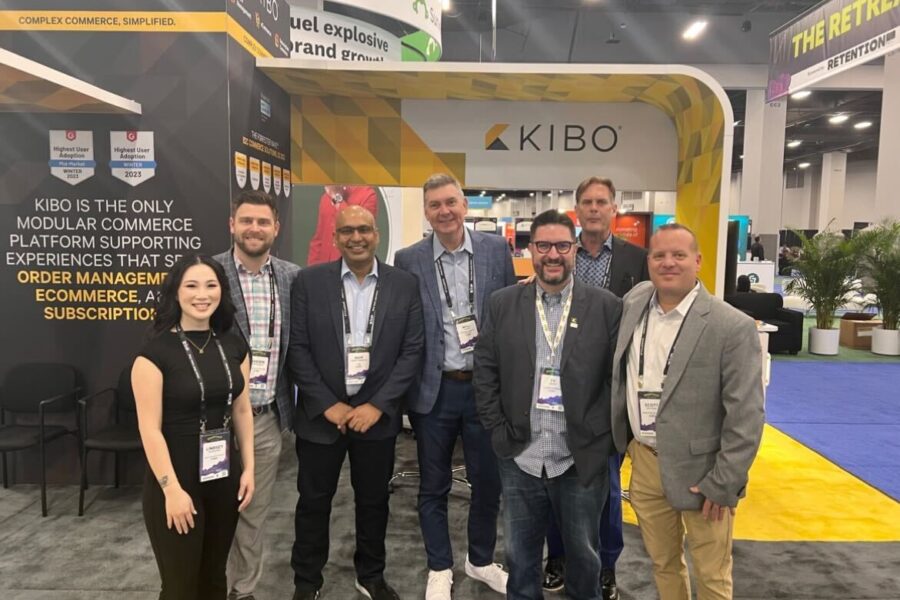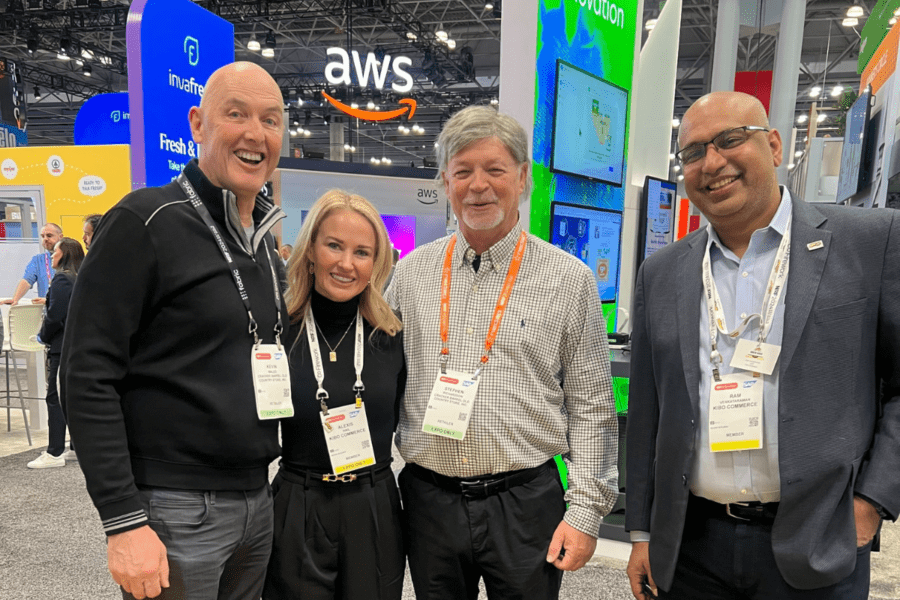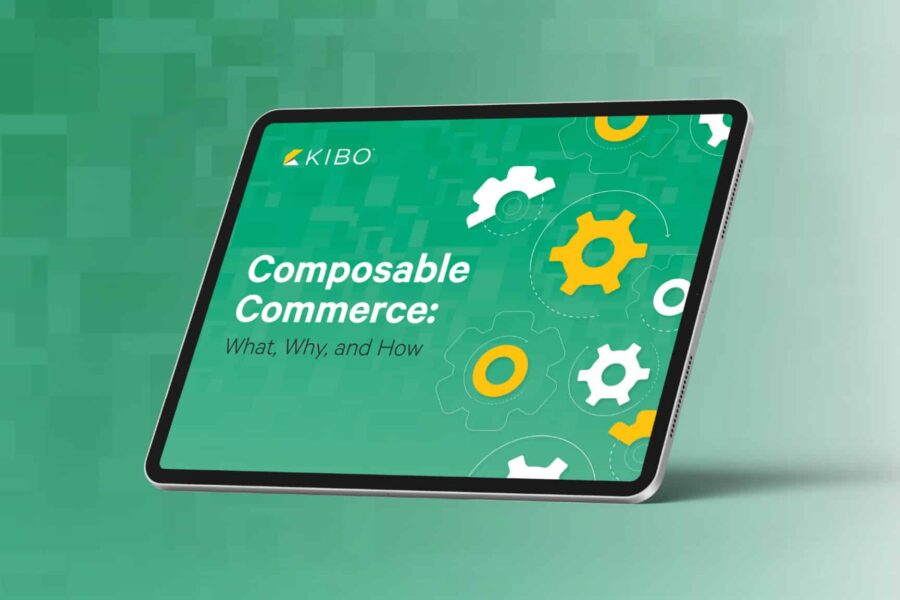Thanks to strong results from the 2017 holiday season, retailers were riding high headed into NRF’s Big Show earlier this month. The myriad of retail innovations on display helped maintain the positive momentum — but as merchants head home to put key strategies into action, the bar is set high to reach beyond technology as strategy and deliver memorable shopping experiences.
On the surface, NRF 2018 put technology front and center, with a dazzling array of offerings to help retailers optimize their brands. Electronic shelf displays, inventory tracking systems, store beacons, frictionless point-of-sale and self-checkout tools, cloud commerce platforms, and AI everywhere were the order of the day on the exhibit floor, which teemed with more than 35,000 attendees. There were even retail robots to act as in-store tour guides and inventory managers.
But despite the dazzle, the most inspirational stories from NRF sessions weren’t about technology deployment in and of itself. Rather, leading innovators demonstrated how technology helped their brands shift into new territory when it came to the shopping experience.
In the end, the message was two-fold: merchants must choose wisely to ensure their technological foundation is both cutting-edge, extensible, and reliable — but getting there is only half the battle. Indeed, with Amazon continuing to set the standard for easy ordering and efficient, cost-effective fulfillment, merchants can no longer differentiate merely by offering such services as in-store pickup, free shipping, or mobile payments. These features are now table stakes, not innovative strategies.
As if to underscore the point, the week after NRF brought the very public debut of the first Amazon Go outlet, a quick-shop grocery offering completely frictionless purchasing with no checkout whatsoever. Although retailers must eventually follow Amazon to such new frontiers, they’re unlikely ever to take over the lead.
Instead, retailers’ best bet is for technology and logistics to become the background services that support rich, relevant brand interactions both in-store and online. The most crucial retail technology powers such interactions without taking center stage, instead enabling a brand’s unique identity — what one speaker referred to as “heart” — to come to the fore.
As merchants finalize their top priorities for 2018 and begin long-range planning, they should invest in those technologies that:
Rethink and reinvigorate stores.
NRF sessions were bursting with examples of cutting-edge stores that broke down barriers between online and offline shopping, as well as in-store and organization-wide fulfillment options. From Sephora’s Beauty TIPS Workshop stores, where shoppers can try products and experiment with looks using augmented-reality tools, to Eataly food halls that mix dining, shopping, and food education, innovative brands are allocating store space to “experiential” enhancements that demonstrate deep connection to the customer lifestyle.
Store-specific mobile tools are at the forefront of these innovations, with offerings for customers and sales associates alike enabling seamless access to online resources and shoppers’ preferences. In a “Big Ideas” session, vendor Tulip reported that among store associates equipped with mobile devices, 43% reported saving a sale by accessing store-wide inventory, and 66% reported improving the customer experience.
Tools for seamless fulfillment of both online and offline orders are also essential — not only for stores acting as pickup points for online orders, but for “showroom”-style outlets where shoppers inspect and select items for subsequent home delivery. Flawless execution of these functions is crucial so as not to derail store visitors from the immersive environments merchants must create to showcase brand offerings.
Enable true one-to-one commerce.
Artificial Intelligence, or AI, was the top buzzword of the show, and with good reason. As the number and variety of available customer data points has skyrocketed, talk has quickly shifted from “advanced analytics” to “machine learning” and the big-data tools that can not only process information quickly at high volume, but predict shoppers’ intentions and proactively serve relevant experiences.
The outcome of the back-end data churn is potentially a true “segment of one,” whereby individualized recommendations generated in real-time both assist shoppers with their immediate tasks while serendipitously surfacing products and services to match as-yet-unarticulated needs. Consumers value successful realizations of this vision, with 57% saying that they appreciate the personalized communications offered by their favorite brands, according to a study by WD Partners released at NRF. On the flip side, when asked what their least favorite brands do to alienate them, 53% of consumers cited botched personalization — making it the top flaw.
The GWYN “conversational commerce” tool offered via Google Assistant by 1-800-Flowers was featured in an NRF general session exploring the leading edge of AI deployments. But less futuristic AI applications can also pay off, as demonstrated by merchants such as Cosabella lingerie, which reported a 30% lift in conversion following AI-driven design improvements to align more closely with customer preferences.
Redefine customer service for the entire customer lifecycle.
Along with the revolution in stores and online, leading merchants are also at the vanguard of radical undertakings in the realm of what used to be called “customer service.” Not only can customer service queries now be fielded anywhere and at any time, but the need to demonstrate unique relevance requires brands to adopt proactive approaches that address consumers’ needs before they’re voiced.
In extreme cases, customer service becomes a so-called “brand stretch” that involves new partnerships or outright acquisitions, such as airline Lufthansa’s partnership with grocery chain REWE to provide flyers easy ordering of grocery delivery in synch with their return flight home. In other instances, customer service merges with concierge and personal shopper functions, such as at The Experience Desk at UK department store John Lewis, where shoppers can make reservations for in-store restaurants and sign up for technology tutorial classes to help them make the most of their purchases. In these scenarios, merchants are expanding their repertoire beyond the products and promotions they offer to include meaningful service experiences.
Not every merchant can make a major acquisition to enrich its customer service offerings, as IKEA did when it acquired TaskRabbit (and thereby an army of DIY experts willing to help assemble furniture). But IKEA’s augmented-reality mobile app, which enables shoppers to visualize furniture in their homes, is within closer reach for small- to mid-sized merchants, who can create similarly solution-focused tools to demonstrate an understanding of customers’ needs.
Similarly, while Alibaba’s use of AI chatbots to address 95% of customer queries on Singles Day made NRF waves, merchants don’t need machine automation to provide cutting-edge service. Deep troves of customer service content and detailed product specifications — along with the content management engine, personalization, and on-site search capabilities to surface relevant information at the right time — can help merchants proactively address shoppers’ questions. Making such information accessible to call center agents and store associates alike boosts the utility of content investments further, as does deployment of personalization tools to incorporate relevant how-to and product care information in transactional emails and other post-purchase interactions.
What trends did you spot at NRF, and how did the retail technology solutions offer support to your organization’s 2018 goals?




